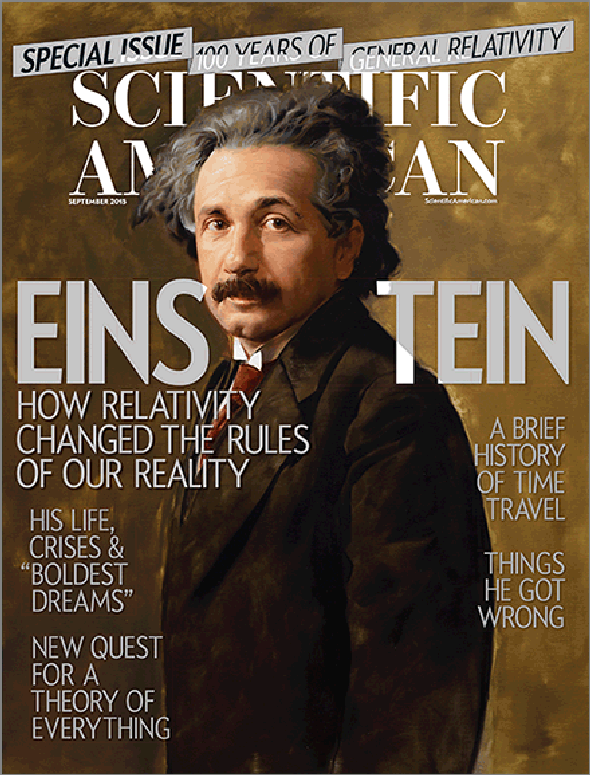
If you are an avid reader or writer, chances are you have heard of Substack. It is a platform that has been gaining immense popularity in the world of journalism and publishing. What makes it unique is its focus on newsletters and the ability for writers to monetize their work through subscriptions.
What Is The Common Sense Theory?
The Common Sense Theory is a newsletter created by writer and philosopher, Andrew Sullivan. Sullivan was one of the first writers to join Substack when it launched in 2017. His newsletter focuses on political commentary and cultural analysis, with a specific emphasis on topics related to conservatism.
Sullivan’s writing style is characterized by his use of common sense arguments as a means to explore complex issues. He approaches each topic with an open mind but stays true to his conservative values while doing so.

Why Has The Newsletter Been Successful?
The success of The Common Sense Theory can be attributed to several factors:
- Unique perspective: Sullivan’s approach offers readers a fresh perspective compared to what they might find from other mainstream media outlets.
- Publishing consistency: The newsletter comes out weekly like clockwork, providing readers with reliable content that they can count on.
- Curation: In addition to original articles written by Sullivan himself, the newsletter often includes curated content from other voices in politics and culture who offer unique perspectives that align with Sullivan’s values.

Earning Money Through Subscription Model
In addition to being intellectually stimulating for its readership base, The Common Sense Theory demonstrates how writers can earn money via Substack’s subscription model. By offering high-quality content that is not readily available elsewhere, Sullivan has amassed a loyal following who are willing to pay for access to his weekly musings.
Substack’s subscription model is simple: readers pay a monthly fee (determined by the writer) in exchange for exclusive content. Unlike traditional media outlets, where ad revenue is often the primary source of income, Substack allows writers to connect directly with their audience and earn money based on the value they provide.
The Future Of Journalism
The success of newsletters like The Common Sense Theory highlights how journalism is evolving. With more people turning to social media and digital platforms for news and information, traditional media outlets have struggled to stay relevant.
However, Substack represents a new paradigm shift in journalism where writers can bypass traditional gatekeepers and reach their audience directly. This not only gives them more control over their work but also provides an opportunity for niche voices that may have otherwise gone unheard.

Challenges For Writers And Readers
Despite its many benefits, there are some challenges associated with Substack’s subscription-based model:
- Lack of diversity: While niche voices may be heard through Substack’s platform, it could potentially lead to an echo chamber effect where readers only consume content from writers who share similar views as themselves.
- Income inequality among writers: Not all writers will be successful in monetizing their work through subscriptions. Those who already have established audiences or whose writing covers popular topics will likely do better than those starting from scratch or working in less popular niches.
A Bright Future?
To address these challenges successfully requires innovation by both the platform itself and individual creators using it. But despite these issues’ existence, it seems clear that Substack represents a bright future for journalism and publishing.
Conclusion
Substack has created a unique space in the world of journalism, where writers can connect directly with their audience to produce high-quality content. The success of newsletters like The Common Sense Theory demonstrates how this model can benefit both writers and readers alike. While there are challenges associated with this new paradigm shift in journalism, it seems clear that Substack represents a bright future for independent voices who might have otherwise been overlooked by traditional media outlets.


